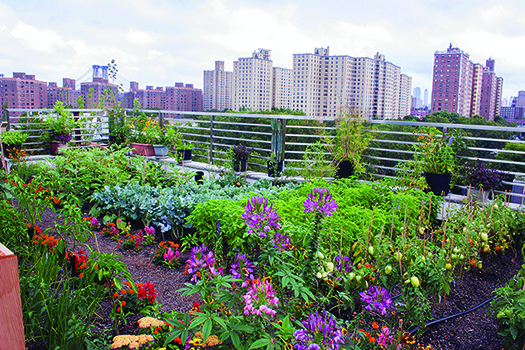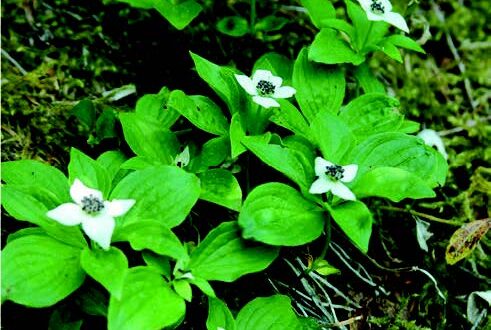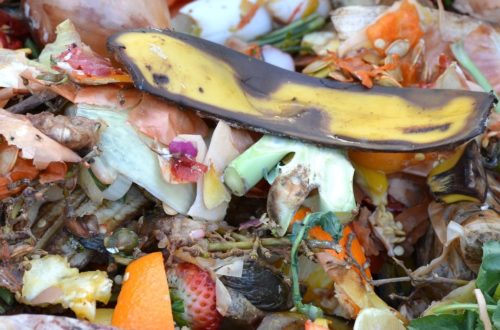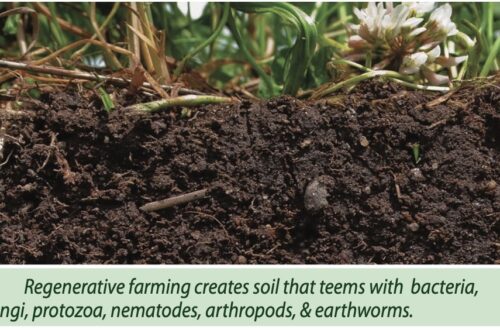In case you may have forgotten (or perhaps never learned), millions of acres of land in the West were settled because of the Homestead Act of 1862, which gave 160 acres free to any US citizen willing to settle on, and farm the land. Today, thanks to Hollywood, the term “homesteading” conjures up visions of hardy, ambitious pioneers striking out to claim free land on the western frontier and build a better life for themselves and their children. This was the great American dream in its grandest form, and although Hollywood romanticized homesteading for us, there is no way for us to even begin to experience the soul testing hardships that these folks faced every day. We are indebted to those homesteaders of yesterday, as they truly did make America great.
Surprisingly, homesteading was still possible until 1976 when the Federal
Land Policy and Management Act was enacted. After that, homesteading was permitted only in Alaska, and even that ended in 1986. So, what’s a modern-day pioneer or homesteader to do? To begin with, the terms “pioneer,” “frontier,” and “American dream” need to be re-defined as they relate to the world of 2019. Long gone are the days when most Americans lived in rural areas. Also gone are the days when farming the land was the way to build financial security, especially for young people just starting out in life.
Today, the western frontier has been settled and most of us live in urban areas, but that doesn’t mean there is no place for the homesteader. Rather than going extinct, the homesteaders of our species have adapted and have re-appeared as the solution to new problems created by urbanization. Thus was born the Urban Homesteader.
During New York City’s economic crisis of the 1970s, when landlords were
abandoning their buildings en masse, the city found itself with more than 11,000 buildings on hand and no idea what to do with them. These buildings were not empty. They were homes to longtime New Yorkers who had no intention of leaving. In a legal sense they had become “squatters”. The City’s response to this “squatting,” was the formation of the Urban Homesteading
Assistance Board (UHAB) and the Urban Homestead Program (UHP) where residents were granted up to $10,000 per unit to inhabit and simultaneously renovate vacant city-owned buildings. After renovation, the buildings were sold to the residents for $250 per apartment, and it was required that the
building operate as an HDFC (Housing Development Fund Corporation) which ensured building affordability for 40 years. To date, UHAB has assisted in the preservation of more than 1,600 buildings (comprising 1,350 housing cooperatives), creating home ownership opportunities for residents of more than 30,000 apartments. As a result, New York City has the largest number of affordable co-ops in the country.
New York City not your cup of tea? Does free land in a small town appeal more to you? You are in luck as there are a number of towns where you can actually apply for a free building lot in exchange for building a home and living there for a specified length of time. My Google search in January showed that the offer for a free lot still exists in the Kansas towns of Lincoln, Plainville, Mankato, Marquette, and Osborne, the Nebraska towns of Curtis, Beatrice, Loup City, and Elwood, and in the Iowa towns of Manilla and Marne. Free lots are also available in New Richland, Minnesota and Anderson, Alaska.
But the real need for urban homesteaders exists right where you presently live, no matter where that is. Following in the steps of those earlier homesteaders, we can all reduce our impact on our environment, become more self reliant, and save money.
With some desire, creativity, and hard work it is possible to transform the place where you live into a 2019 homestead.






